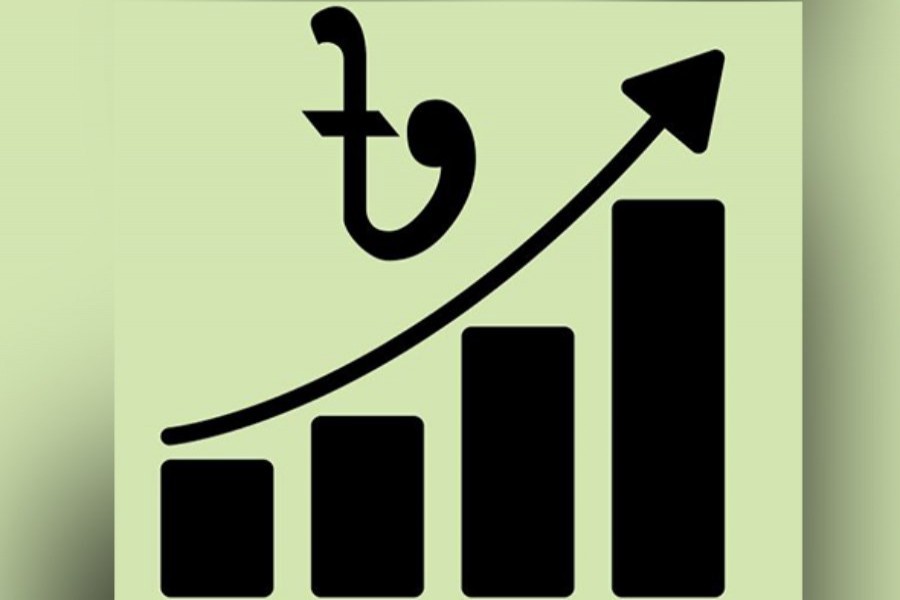Industrialisation is the universally accepted path to economic development or growth. Bangladesh is no exception to this norm. But it is also true that environmental degradation caused by economic activity including operation of industry is an issue of global concern. So, there is the need to strike a balance between the two: achieving economic growth and protecting the natural environment. Or in other words, the economic development has to be sustainable. But does an economic development or growth carry any meaning if it does not bring about a positive change in the lives and livelihoods of the people? It is at this point that the question of quality development or growth arises. As such, for a development effort to meet the criteria of quality, it has to be inclusive and, at the same time, sustainable.
It cannot be said that the ongoing phase of industrialisation in the country and its attendant urbanisation is sustainable and inclusive. The World Bank (WB) in 2018 reported that over a period of four decades, Dhaka lost 75 per cent of its wetlands to sand-filled areas where high-rises have sprung up. Small wonder that those areas now get inundated in the rainy season. Evidently, it is a patent case of urbanisation through degradation of the local land-water ecosystem. Dislodgment of the inhabitants of the area so developed creates internal migrants. Habitat loss, on the other hand, leads to loss of biodiversity of the place.
But this kind of environmental degradation has been taking place also in smaller cities and towns. The development efforts made in this way contribute to demoting the very quality of life it hopes to improve. So far, Bangladesh, like many other developing and least developed nations has been following such a development path without duly protecting the life-supporting environment.
But with its acute land shortage, a very low forest-to-land ratio at 10.96 per cent (WB report, 2016) and high population density, Bangladesh can ill afford to pursue this kind of development path any longer. It must adopt an alternative strategy for development and growth that is sustainable, ensures quality and promotes green technologies. The issue of development path Bangladesh needs to explore in the emerging world order came up at a recent discussion in the city. Foreign and local dignitaries and experts at the talk stressed that Bangladesh should exploit its potential judiciously by investing in quality development.
At the moment, to carry on with it efforts to graduate to a developing economy, Bangladesh would need significant inflow of foreign direct investment (FDI). But how did Bangladesh fare in inviting FDI, which is a critical component of GDP growth, in the economy in the pre-pandemic days? The record is rather modest. This is despite the fact that labour in Bangladesh is very cheap (monthly wages at around US$100) compared to, for example, that in Vietnam (US$125-180), or in Indonesia (US$110 -180) or in Cambodia (US$180). In four years from 2016 to 2019, the net FDI inflow in the economy was US$11 billion. Against this backdrop, the policymakers will be required to first identify the constraints on FDI inflow in the economy and ways to address those. As such, Bangladesh faces the dual challenge of drawing adequate investment and ensuring that the growth it brings about is inclusive and sustainable.


